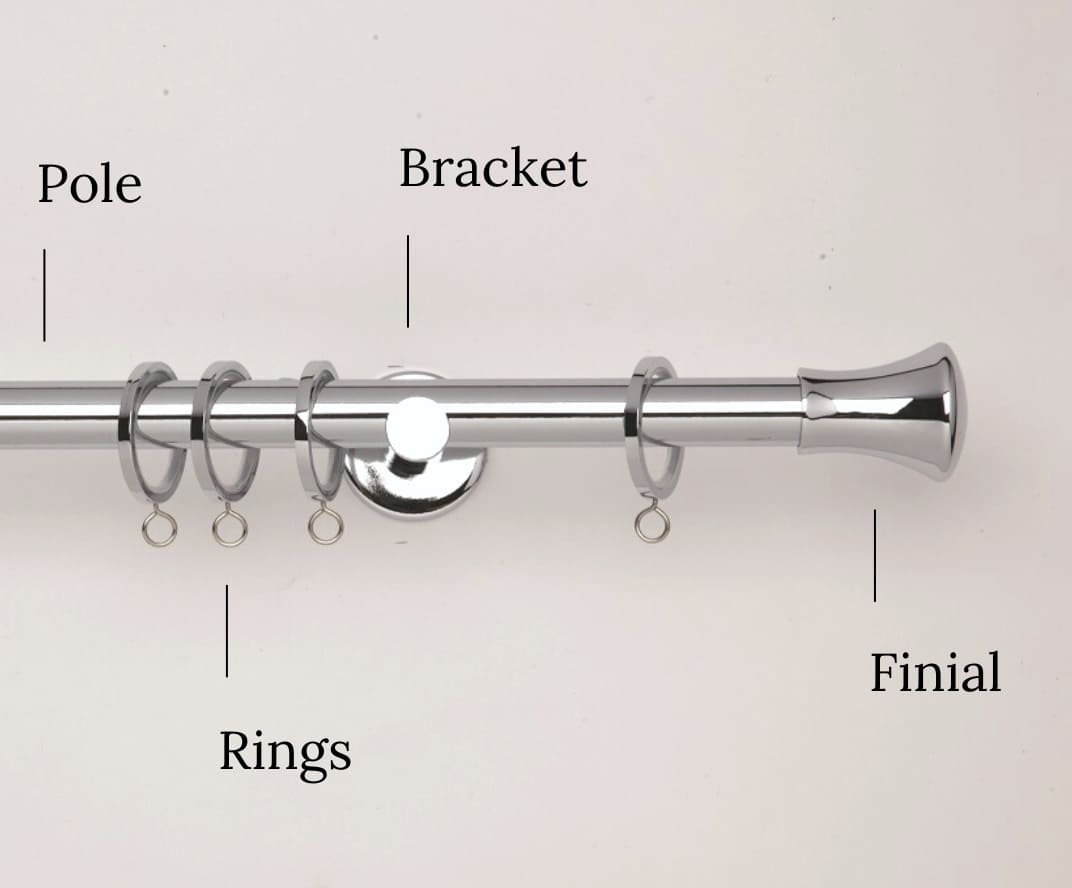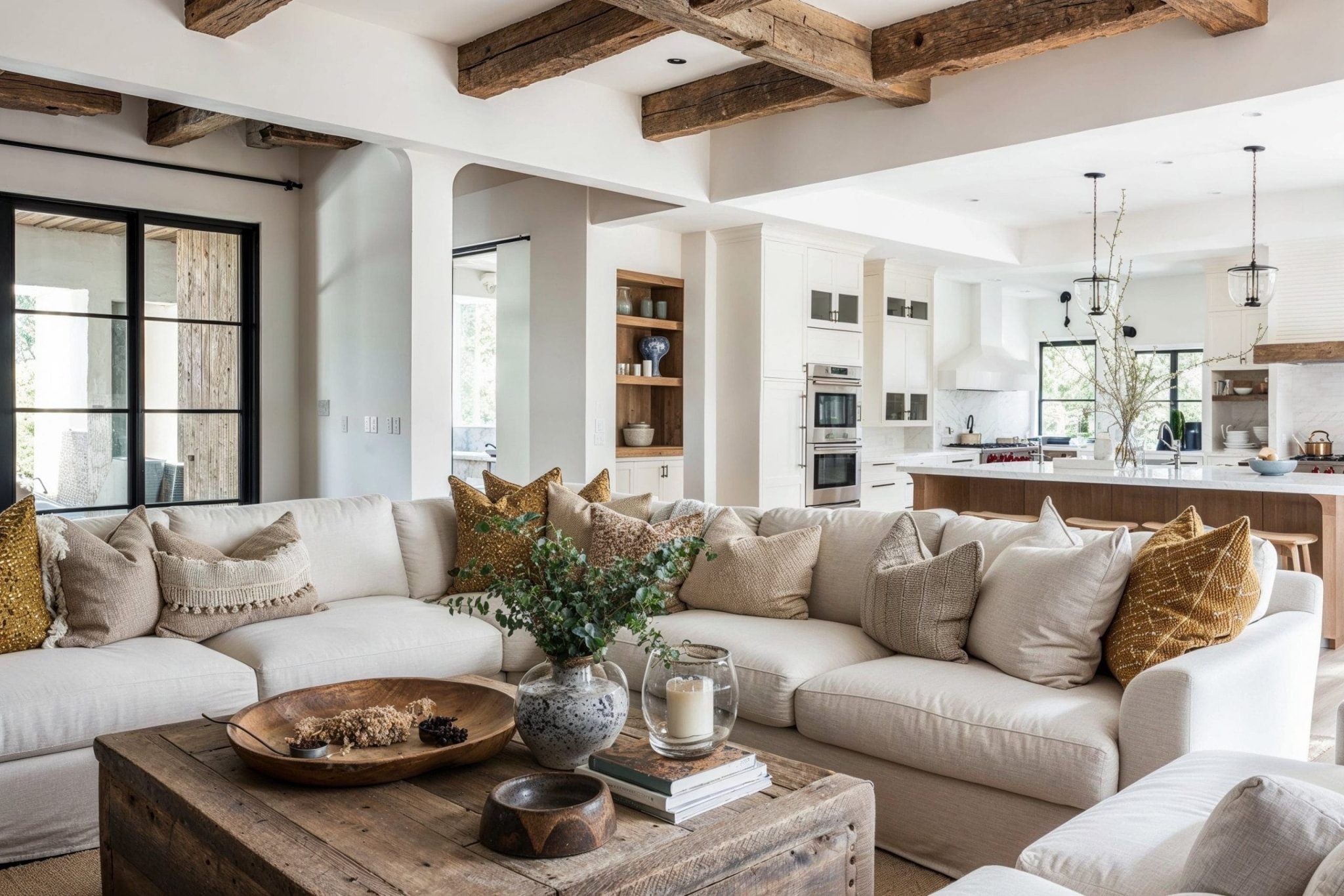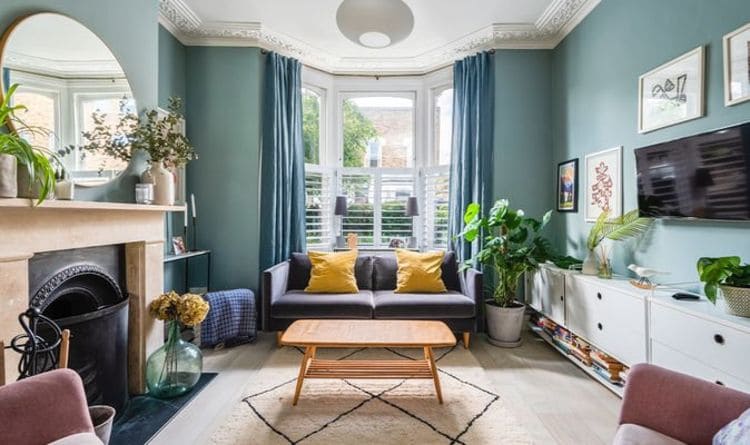Introduction:
Curtains not only add charm and personality to a room but also serve practical purposes like light control and privacy. Behind every stylish curtain setup lies a crucial component: the curtain rod. From finials to brackets, understanding the different parts of a curtain rod system is essential for achieving the perfect window treatment. In this comprehensive guide, we’ll explore the various curtain rod parts, their functions, and tips for selecting the right components to elevate your home decor.
Curton Rod Types:
- Rod Connectors:
- Rod connectors are used to join multiple rod sections together to create longer spans for wide windows or bay windows.
- Center Supports:
- Center supports provide additional stability and support for longer curtain rods, preventing sagging or bowing in the middle.
Tips for Selecting Curtain Rod Parts:
- Standard Rods: These are the most common type of curtain rods, typically made of metal or wood, with a simple design suitable for various curtain styles.
- Tension Rods: Ideal for lightweight curtains or temporary installations, tension rods use spring-loaded mechanisms to hold them in place within window frames, eliminating the need for hardware.
- Traverse Rods: Designed for heavy or layered curtains, traverse rods feature a pulley system that allows curtains to open and close smoothly with the pull of a cord or wand.
- Decorative Rods: Decorative rods come in various styles and finishes, adding a decorative touch to window treatments with ornate finials, decorative brackets, or unique materials like wrought iron or crystal.
- Rod:
- The central component of the curtain rod system, the rod is where the curtain panels are hung. Rods come in various lengths and diameters to accommodate different window sizes and curtain weights.
- Finials:
- Finials are decorative end pieces that cap off the ends of the rod. Available in a wide range of styles, shapes, and materials, finials add a finishing touch to the curtain rod and complement the overall decor theme.
- Rings or Clips:
- Rings or clips are used to attach the curtain panels to the rod. Rings slide over the rod, while clips clamp onto the fabric. Choose rings or clips based on your preferred curtain style and ease of installation.
- Consider Functionality: Choose curtain rod parts based on the functionality you need. For heavy curtains, opt for sturdy rods with traverse mechanisms. For lightweight curtains, tension rods or standard rods may suffice.
- Match to Decor Style: Select curtain rod parts that complement your existing decor style.
- Measure Accurately: Take precise measurements of your windows before purchasing curtain rod parts to ensure a proper fit. Consider factors like window width, curtain length, and mounting height when selecting rod length and bracket placement.
- Invest in Quality: Invest in high-quality curtain rod parts made from durable materials to ensure longevity and stability. Well-made rods, brackets, and hardware will withstand daily use and maintain their appearance over time.
Conclusion:
Understanding the different parts of a curtain rod system empowers you to create beautiful and functional window treatments that enhance your home decor. Whether you’re choosing a standard rod for a casual look or a traverse rod for heavy drapes, selecting the right curtain rod parts is essential for achieving the desired aesthetic and functionality.





